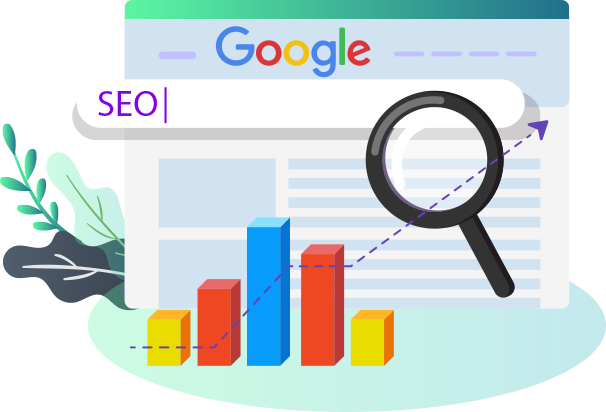
SEO may seem complex at first, but its many techniques don’t need to be intimidating for beginners. By applying simple SEO tips you can increase website rankings and visibility among targeted audiences.
Optimizing internal links is critical to SEO success. Use descriptive text when linking between pages on your site (but avoid keyword stuffing in post-Penguin environments) in order to help Google better comprehend the context of your content. This allows them to determine its relevancy for ranking purposes.
1. Optimize your URLs
URLs are an essential component of SEO. They tell search engines what your page is about and help them assess whether or not it matches particular keywords. Furthermore, having descriptive URLs makes it easier for visitors to remember and share pages easily.
Use lowercase letters instead of capitals when writing URLs as this may cause confusion between people and computers, leading to different indexation of your webpages. Instead, hyphens should be used between words for easier readability.
Though keywords in URLs are important, they typically do not play an integral part in ranking websites. Instead, they help searchers understand what your page is about and encourage them to click, thus improving search engine optimization (SEO) and increasing site traffic.
2. Optimize your title tags
Title tags are one of the keystones of SEO, serving to convey a page’s primary function and encourage visitors to click. They also influence click through rates (CTR), which ultimately impacts SEO ranking.
Titles should accurately reflect the content of a page while also being avoid misleading titles that draw clicks without providing what users expect from it – something which could result in high bounce rates that in turn negatively impact Google rankings.
Title tags should be succinct, ideally 50-60 characters long. Otherwise they risk becoming too long to display properly in search engine results pages (SERPs), leading to information being lost or confused for users. It’s best to include your target keyword early in the title tag to improve relevance – it should also inform other title-like elements like the og: meta description.
3. Optimize your content
Content production is one of the key ranking factors in SEO. Your work should be of high-quality, original design, and satisfy users’ questions or search intent. Furthermore, grammar must be correct while insider industry terms should be avoided in order to avoid alienating readers.
Optimization of content involves including your targeted keywords in various parts of a page’s HTML coding, such as its permalinks, title tags and meta descriptions; body text as well as headings. Headings provide structure for readers’ easy skimming/reading experience.
Optimize your content further by including structured data and topic clusters in its structure. These elements help Google better comprehend your writing and increase the likelihood of receiving featured snippets.
4. Optimize your images
Image optimization is an essential element of SEO, helping ensure that images on your website are relevant and searchable, increasing its visibility while increasing its ranking on Google SERPs.
Optimizing images requires taking several factors into account. For instance, it’s crucial that images are of appropriate size and format if they are to avoid slowing down website load times. Furthermore, descriptive file names and alt text should also be utilized. If needed, interested individuals can look at here go-root.com/ or visit our official website in order to know about Google SEO .
Alt text provides search engines with an accurate representation of an image’s content, giving them a chance to understand what the image represents. This gives you a great chance to include keywords into your descriptions!
5. Optimize your backlinks
Search terms on Google are designed to find something, whether that is informational, transactional, or both. Understanding search intent helps optimize pages so they meet users’ expectations.
Permalinks are URLs that appear in your browser address bar and search results (below the page title). Make sure they’re short, descriptive and relevant to the subject matter of the page.
To maximize backlinks, work with your designers to add breadcrumb menus on key pages for easy navigation and ensure all internal links point directly to relevant pages – be wary when using paid advertisements as they can have an adverse impact on SEO by giving Google the wrong impression of your site.
